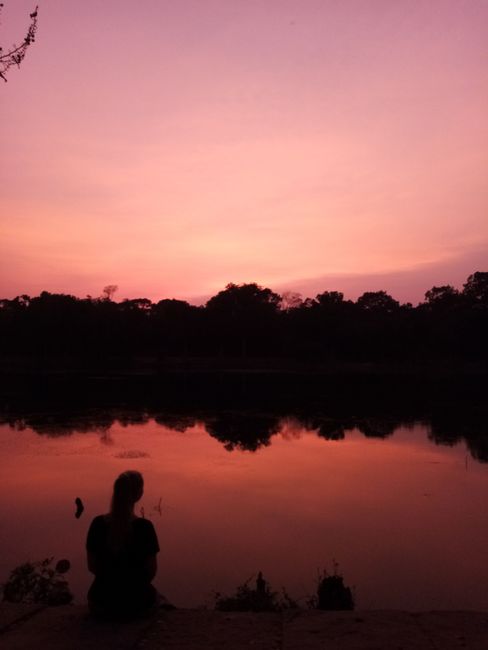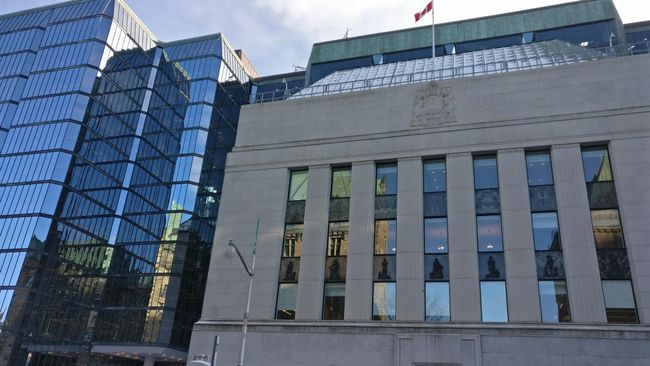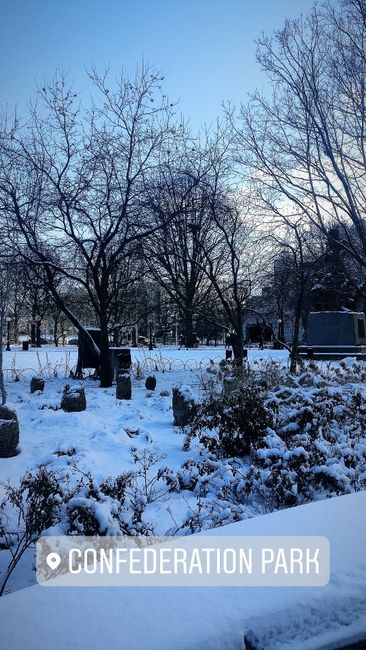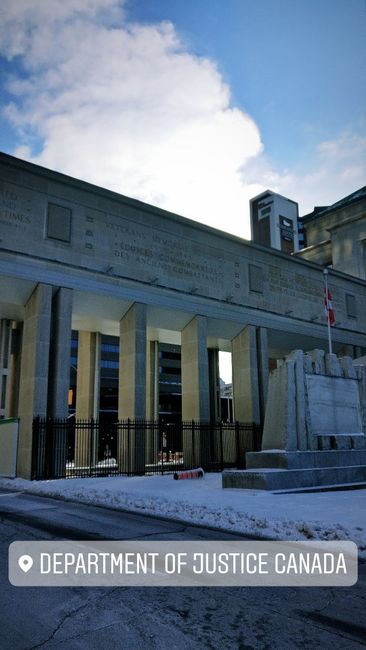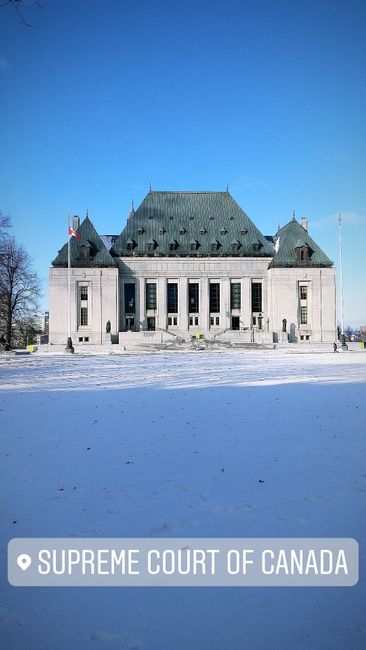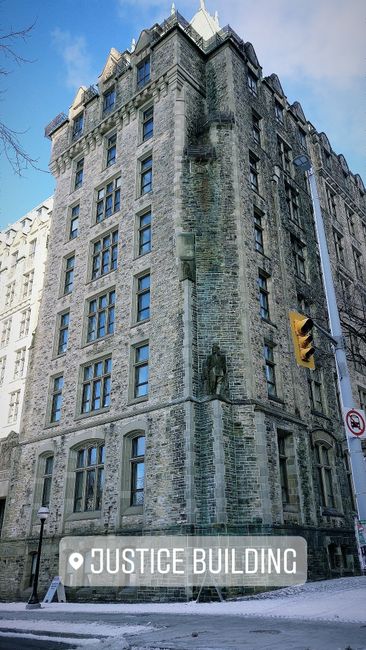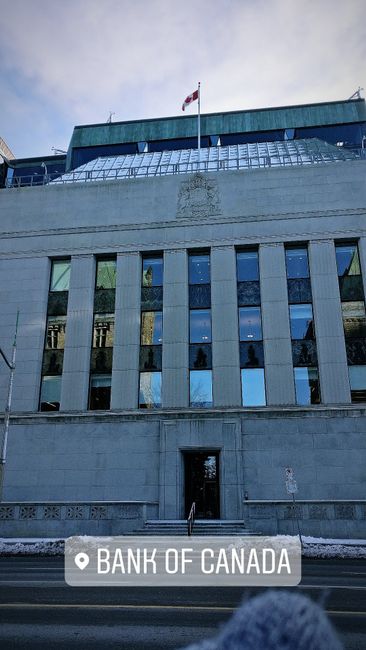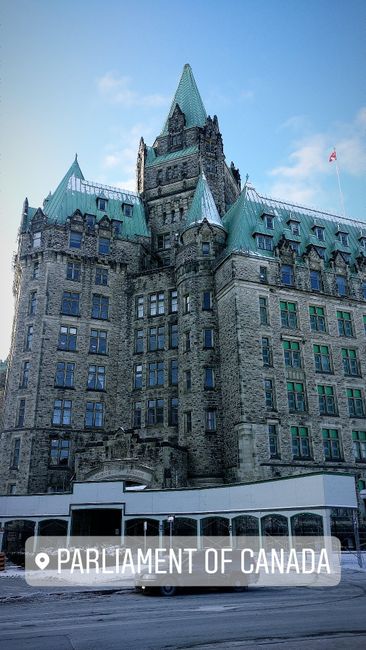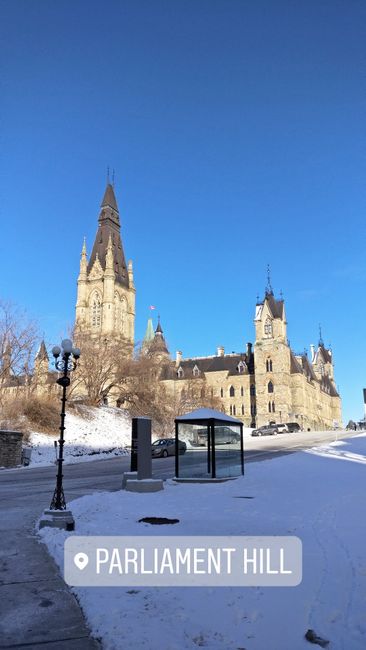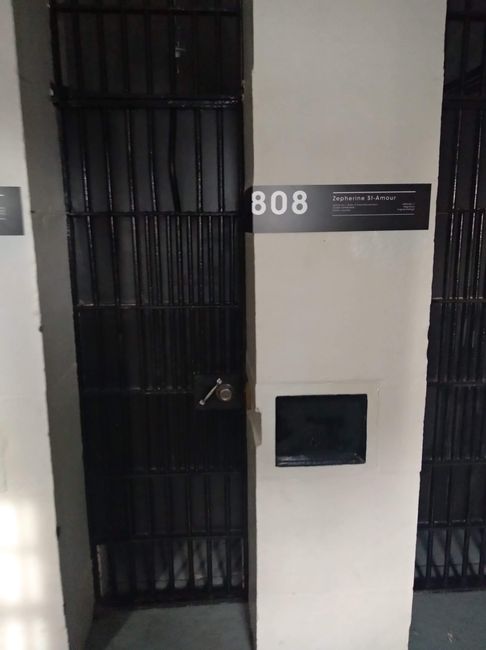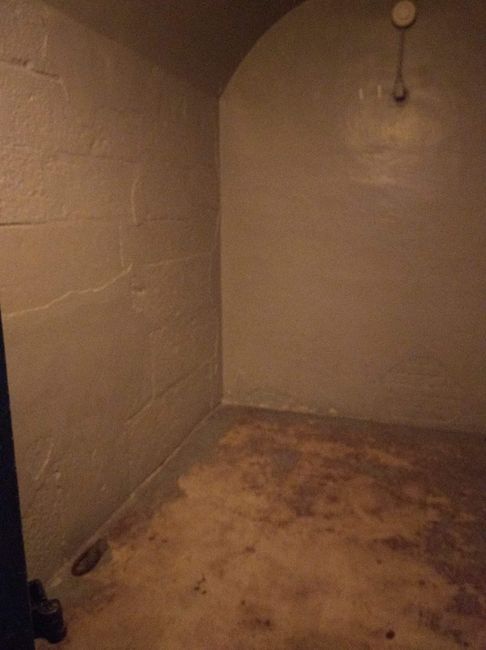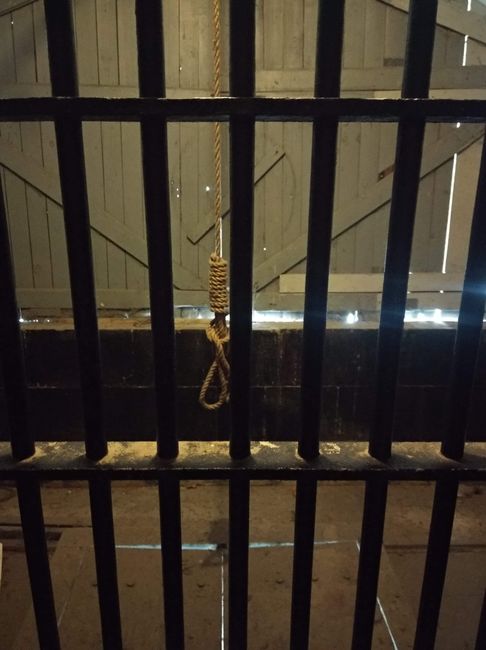3rd day in Ottawa
Published: 31.12.2019
Subscribe to Newsletter
My third and last day in Ottawa started with a tour of my hostel. This hostel used to be a prison until 1972. It was opened in 1862 and housed criminals, from drunk drivers to murderers. 3 executions took place in public view. Due to the inhumane conditions and lack of documentation, people disappeared without a trace or were never released from the prison, which led to its closure after over 100 years. The last prisoners even helped to renovate the prison during their incarceration. Just 6 months after its closure, the hostel was opened and over the years, the infrastructure has been improved. Some of the cells were refurbished to be used as sleeping quarters, but the doors were only detached and are still the original cell doors. This was a bit too bizarre for me, so I slept in the former guards' room. The only difference from other hostel rooms was that the windows were so old and drafty that the inside of the window pane froze, and the gas pipes made eerie noises out of nowhere. It was definitely an experience worth having and I don't regret it :)



After the tour, I explored downtown Ottawa. Confederation Park is located behind the war memorial, which I had already visited on the first day. The 2.6 hectare park is also a tribute to all fallen Canadian soldiers.
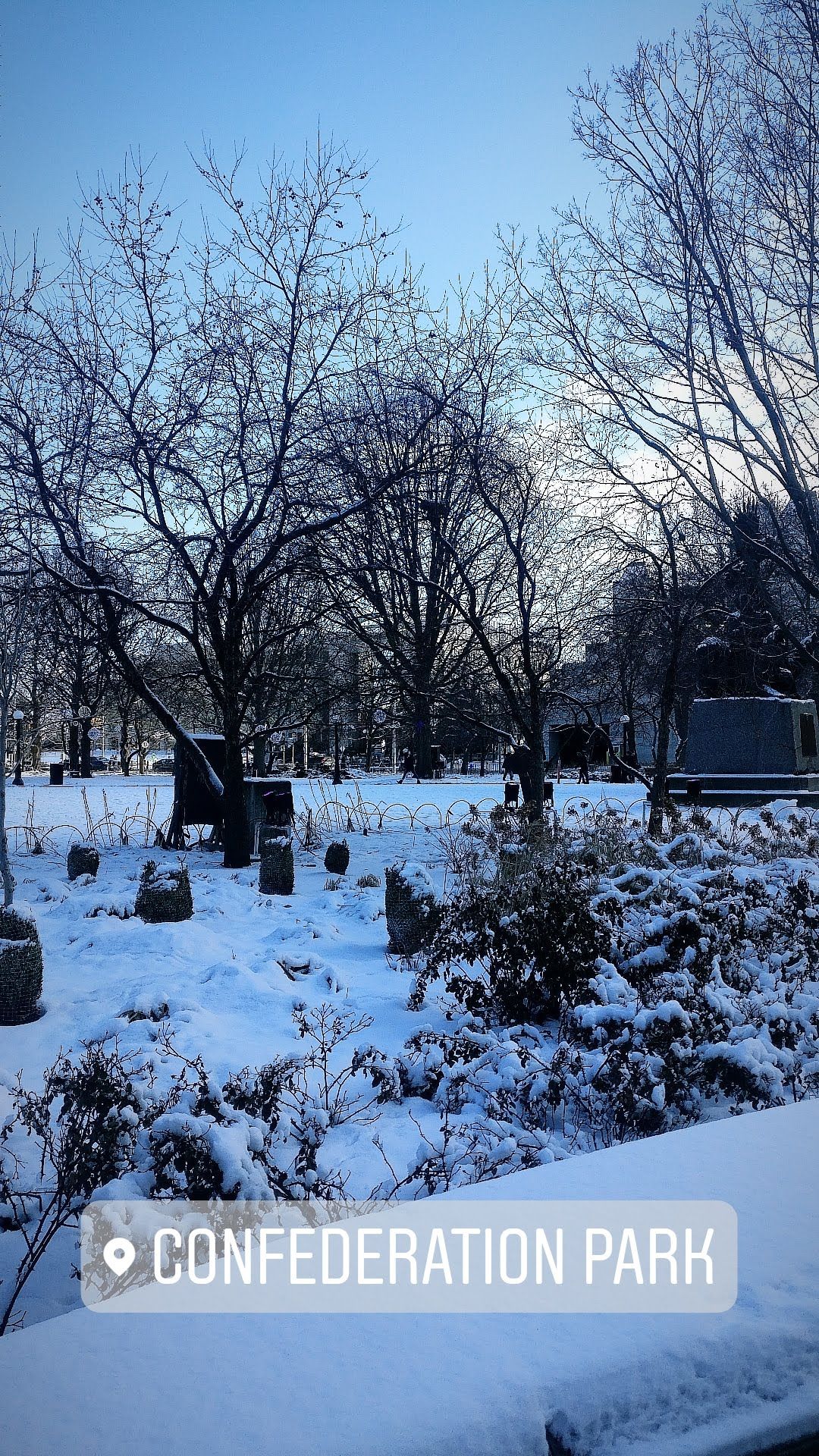
The Canadian Department of Justice is a massive but beautiful building located in the heart of downtown and serves as support for the federal government.

Across from it is the Supreme Court of Canada, which sits at the top of the government system. Large black SUVs and a tank were stationed around the building, underscoring the importance of this institution.

Next to it is the Justice Building, which used to house the Department of Justice but was originally built for the police. For the past 20 years, it has been home to some offices with deputies.
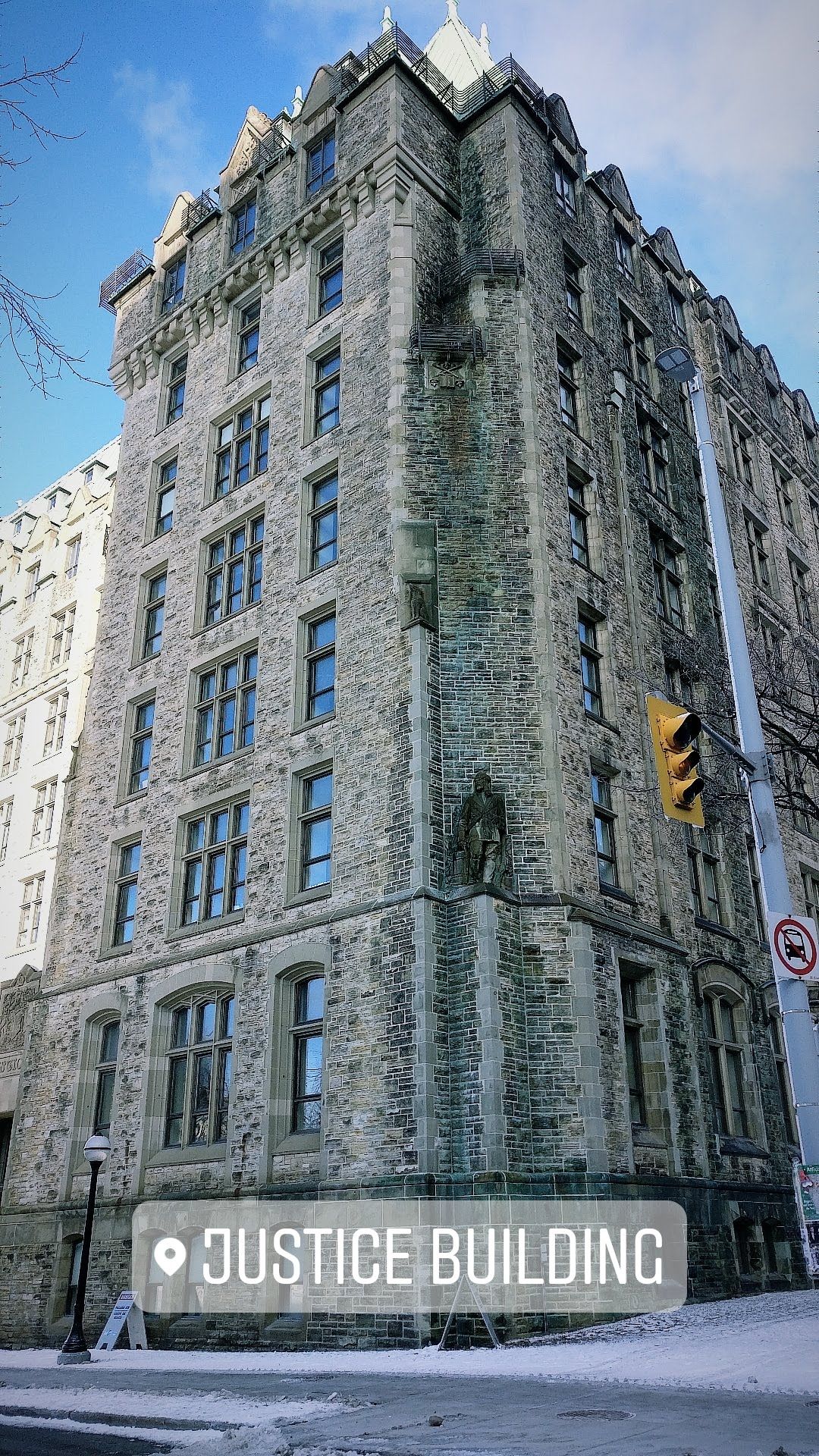
In Canada's capital city, you will also find the country's central bank. The building, made of gray granite, was constructed in 1937. 40 years later, a glass complex was added all around it, for which the building is now known.

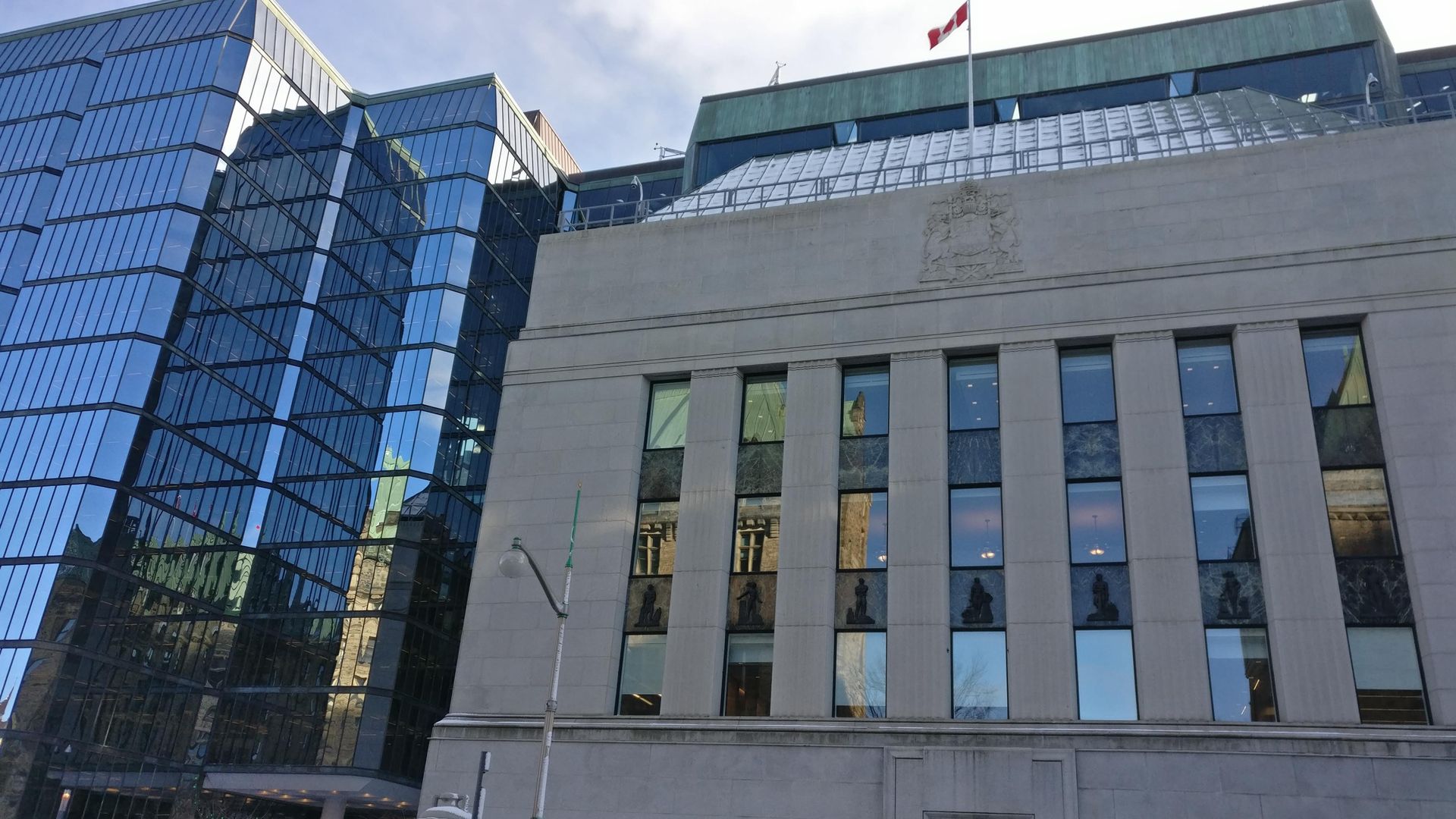
I took a closer look at Parliament Hill, which I had already visited in the previous days. Here, you will find the Parliament, which consists of several buildings. Originally, it was a military barracks. The conversion into the government district began in 1859, after Queen Victoria designated Ottawa as the capital of the then Province of Canada.


Subscribe to Newsletter
Answer

